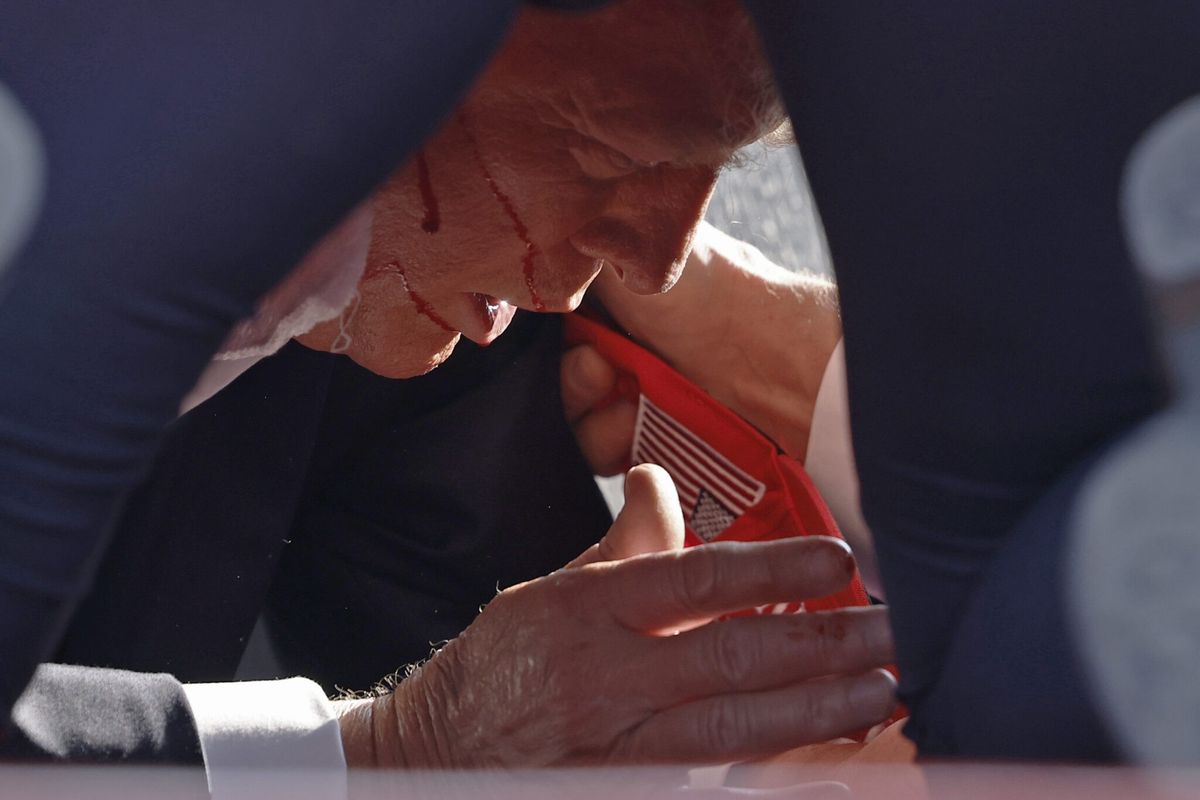One of Somalia’s worst-ever terrorist attacks may have been spurred in part by a stepped up U.S. counterterrorism campaign against al Qaeda-linked al Shabaab, which was blamed by the Somali government for a truck bomb that killed more than 300 people in Mogadishu on Saturday.
Al Shabaab “recently vowed to increase their efforts after the U.S. government announced it was going to be coming after them harder,” said Trevor Thrall, a senior fellow at the Cato Institute’s Defense and Foreign Policy Department.
The Trump White House took two days to condemn the attack, on Monday calling it “senseless mass murder that targeted innocent men, women, and children,” including U.S. citizens, and pledging to help the Somali government defeat the perpetrators.
The deadly bombing shows Somalia remains a terrorist safe haven despite more than a decade of U.S. counterterrorism operations. That leaves the Trump Administration with the unsavory option of continuing the Obama Administration’s light footprint policy of drones coupled with the occasional raid while relying mostly on local forces, or the less likely option of stepping up a U.S. coordinating and training presence to step up the fight against al Shabaab.
Al Shabaab has not yet claimed responsibility for Saturday's attack.
Some experts say there is a possibility the attack could have been orchestrated by the ISIS cell that now operates in the Puntland region of Somalia. But that is unlikely, said Vanda Felbab-Brown, an insurgency expert at the Brookings Institution.
“It would be very surprising if they had the capacity to mount this scale of operation so far from Puntland especially given the political tension and military activity in Puntland right now,” she told The Cipher Brief.
Instead, all signs point toward al Shabaab.
“The group has previously mounted large truck bombings in the capital, most notably at the Central Hotel in February 2015,” said Risk Advisory’s sub-Saharan Africa analyst, Thomas Murphy.
“The blast on Saturday appeared to be attempting to target either the Safari Hotel or the foreign ministry, or both,” he said. “This is consistent with previous al Shabaab attacks, which have been directed at state targets, or places that are frequented by government officials, including hotels.”
The White House in March loosened the rules governing U.S. counterterrorism operations in Somalia. The U.S. this year has increased drone strikes against al Shabaab in Somalia and sent more military advisors to the country.
The decision “allows the U.S. Department of Defense to conduct legal action against al Shabaab within a geographically-defined area of active hostilities in support of partner force in Somalia,” Pentagon Chief Spokesperson Dana W. White said in a statement in June, after the U.S. and regional partners conducted an airstrike against al Shabaab outside of Mogadishu.
Some experts told The Cipher Brief that the scaling up of military operations is not sufficient in fighting al Shabaab, and could even worsen the problem.
“The attempt since 2001 to use military means to kill terrorists to deal with the problem of Islamist-inspired terrorism has backfired tragically,” said Thrall.
“The U.S. presence can help mobilize jihadists to fight. Instead of drone strikes and special operations raids, the United States should pull back and support the government and diplomacy in Somalia in non-military ways,” he said.
Seth Jones, Director of the International Security and Defense Policy Center at RAND, said that the U.S. approach to security in Somalia overlooks non-lethal elements to shoring up the state against terrorist attacks.
“The problem from a U.S. standpoint is that the primary element of the U.S. strategy is military ... diplomatic and development components are pretty small and largely ineffective,” said Jones. To his point, the U.S. does not even have an embassy in Somalia.
Others told The Cipher Brief that an increase in the U.S. military footprint would probably make a difference in the fight against al Shabaab.
“Without a substantial boost in funding and resources for AMISOM [the African Union Mission in Somalia] and the Somali security forces, a change in this capability [to fight al Shabaab] seems unlikely in the next few years at least,” said Murphy at Risk Advisory.
To defeat al Shabaab, the U.S. could send more troops to Somalia, said Murphy. Although this appears unlikely.
“Trump has not given any indication that he sees Somalia, or the Horn of Africa, as particularly strategically important,” Murphy said.
Many top-level positions at the State Department, especially in the Bureau of African Affairs, remain vacant. And analysts who watch Somalia told The Cipher Brief when it comes to U.S. national security interests, Somalia does not top the list.
“Al Shabaab at this point is not plotting attacks against the United States’ homeland,” said Jones.
“The number of Americans that at one point went to Somalia to fight with al Shabaab has come way down from previous years,” he added.
The U.S. is “stretched pretty thin on the counterterrorism, counterinsurgency front,” Jones said, and Somalia is “yet another” country needing counterterror assistance.
Kaitlin Lavinder is a reporter at The Cipher Brief. Follow her on Twitter @KaitLavinder.













